BHSAI News Archive 2019
December 2019
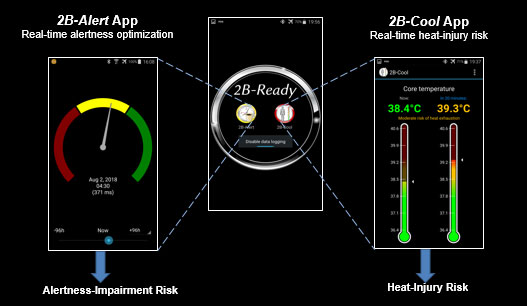
If you’ve been reading the TATRC Times for some time now, chances are you have heard of Dr. Jaques Reifman, Director of the Biotechnology High Performance Computing Software Applications Institute (BHSAI) here at TATRC. Dr. Reifman is once again making big waves with the licensing of his 2B-Alert fatigue-management AI tool.
Sleep deprivation is a universal challenge faced by nearly all Service Members, especially during military operations. It can lead to accidents and catastrophic mission failures. The ability to predict future alertness levels and recommend effective measures to improve cognitive performance can reduce or prevent accidents and injury.
Read the Article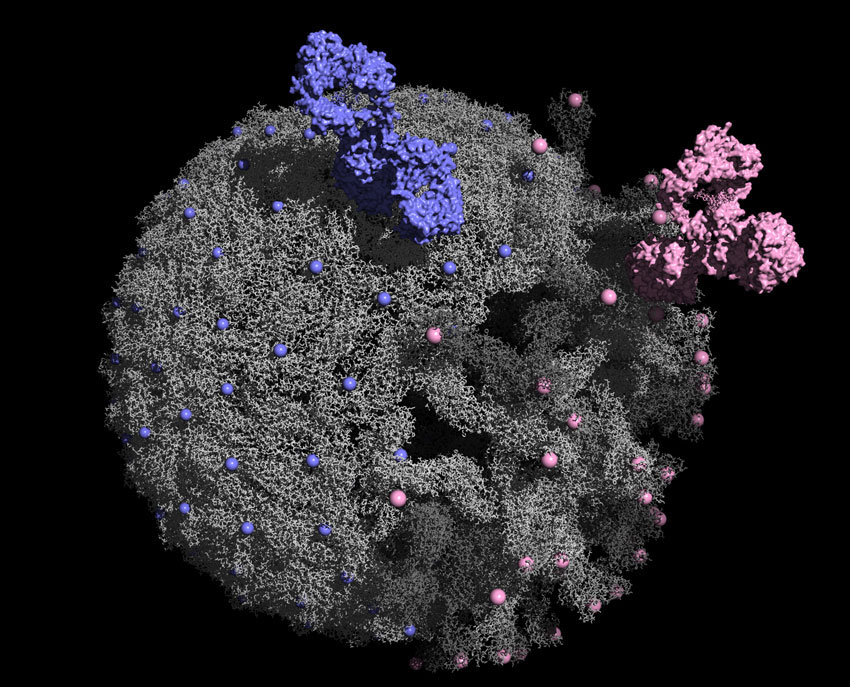
Dengue fever is a mosquito-borne illness that is endemic to large parts of South America, Africa, and Asia, and is continuing to spread, along with related viruses such as yellow fever and Zika virus, due to climate change. Localized outbreaks of dengue fever can have a crippling impact on Force Readiness, and the U.S. Army has long prioritized the development of vaccines or therapeutics that can protect Service Members stationed in regions of the world where dengue is endemic.
Read the ArticleSeptember 2019
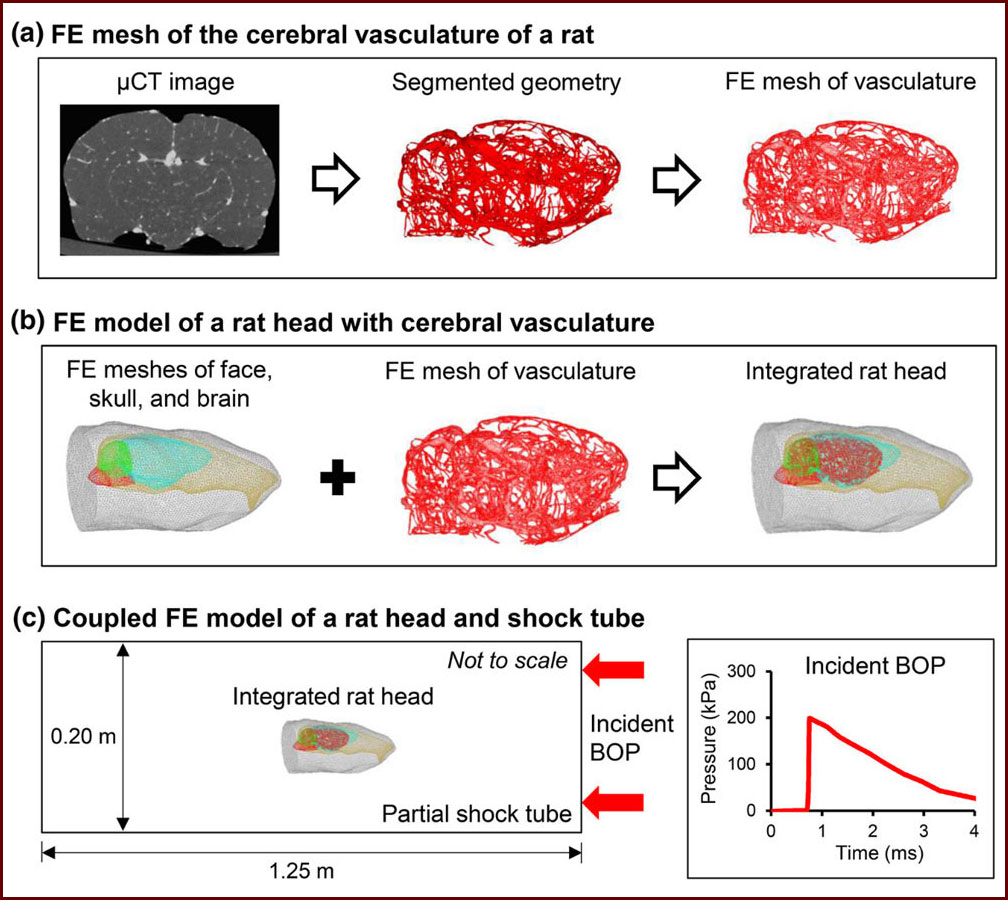
Exposure to improvised explosive devices (IEDs) can result in various types of traumatic brain injury (TBI), ranging from mild concussions to severe penetrating injuries. Of the more than 350,000 Service members diagnosed with TBI since 2000, 82% are classified as mild TBI [1], which shows normal structural brain imaging but can lead to lasting behavioral and cognitive deficits.
Read the Article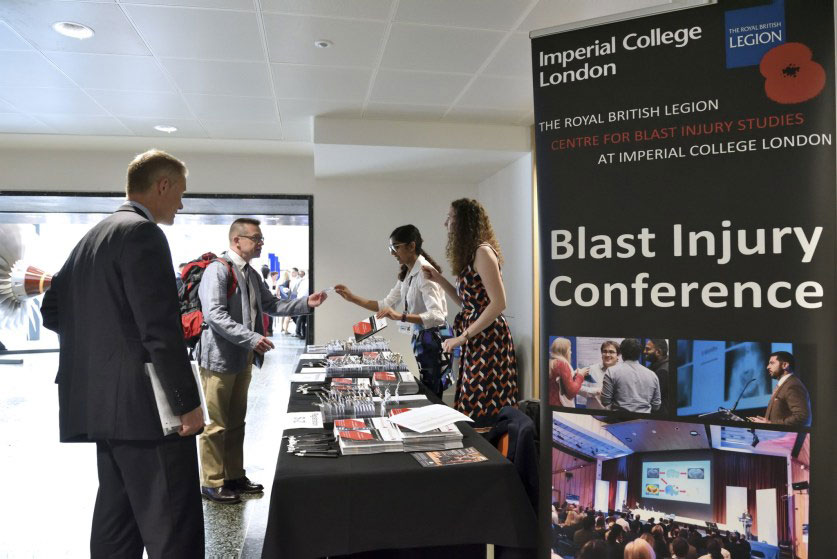
The 2019 Blast Injury Conference, held from 11 – 12 July at the Imperial College of London welcomed 220 delegates from ten countries, as well as His Royal Highness Prince Harry the Duke of Sussex. The conference was hosted by the Imperial’s Centre for Blast Injury Studies.
Read the ArticleJune 2019
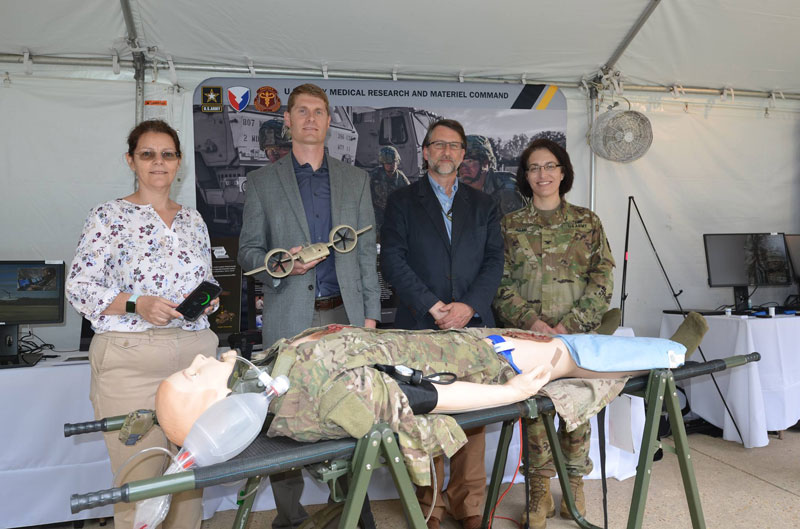
Team TATRC had the honor and pleasure of being a part of the third biennial Department of Defense Lab Day 2019 held at the Pentagon Courtyard hosted by the Under Secretary of Defense for Research and Engineering (USD(R&E)) which took place on 25 April.
Read the Article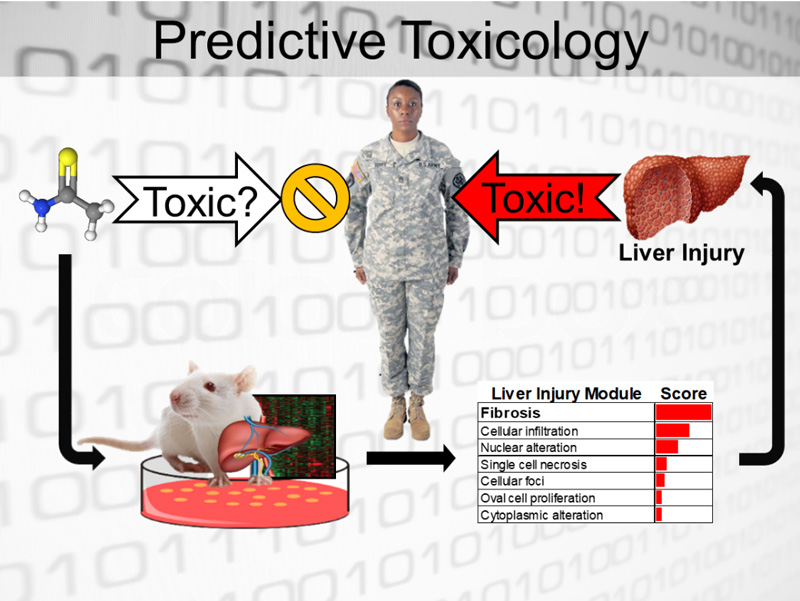
The goal of predictive toxicology and ultimately personalized medicine is to use your own cells to customize the best treatment for you. For this to work, test tube results (in vitro) need to have some connection with the toxic response in the human body (in vivo) so that the physician can correctly interpret the results and start treatment.
Read the Article
Short on rest but no time to nap? The U.S. Army has your quick fix caffeine map.
A team of Army researchers, including Jaques Reifman, a senior research scientist at the Army Medical Research and Development Command, has built a “caffeine optimization app,” known as 2B-Alert, that notifies its users when they should drink a cup-o-joe.
Read the ArticleMarch 2019
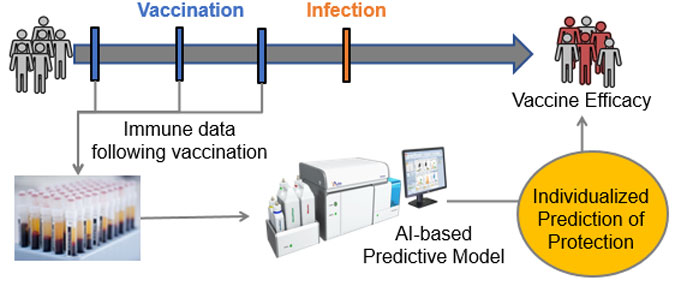
Vaccines are an essential component of Force Health Protection, particularly for Service members deployed overseas where they may be exposed to infectious diseases, such as malaria and dengue fever, or newly emergent outbreaks, such as Ebola or Zika virus.
Read the Article